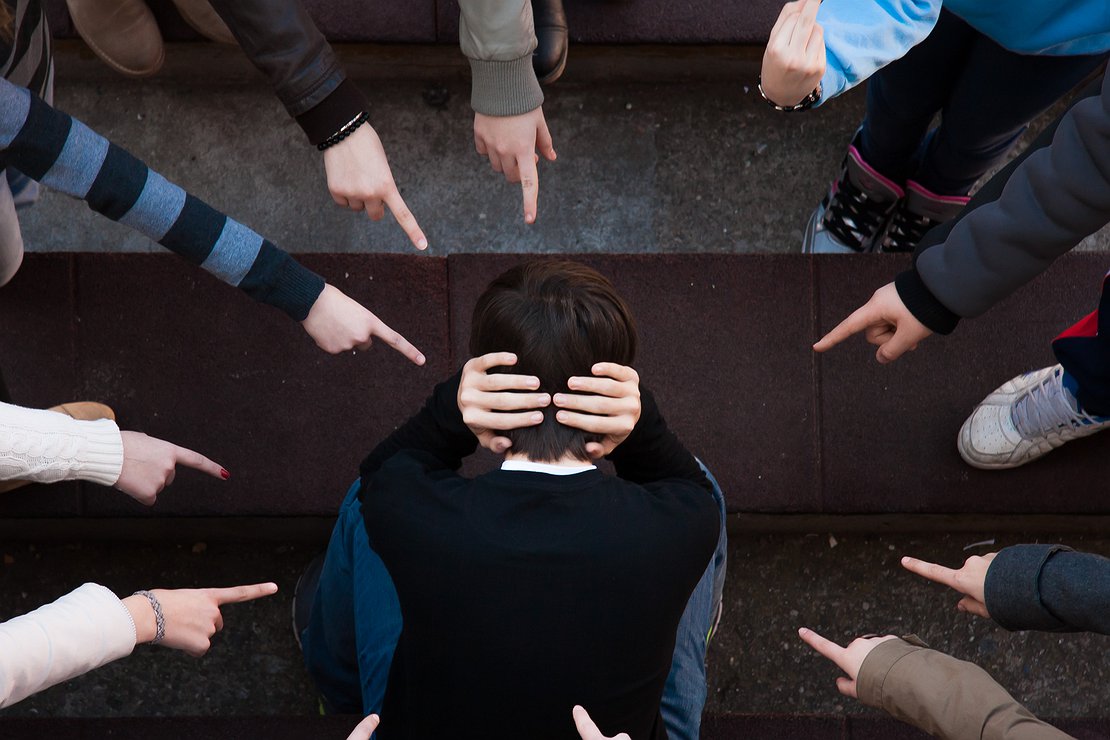
Hygiene deficiency in Paris:Of Rats and Other Vermin
Paris is always worth a visit. While wealthy tourists from the Far East are increasingly unlikely to agree with this statement, since they have become the preferred targets of Arab gangs and pickpockets, rats from all over the world see it differently: for them, Paris is paradise, a single feeding orgy! And so it is, that for the last two years, all four-legged rodents have been moving to the city of love, full of hope to be able to eat and multiply at breathtaking speed. By this point there are an estimated three to six million rats to about seven million Parisians! And these aren’t any old rats! Life is so good for these animals in the French capital that Parisian rats sometimes reach the size of a cat.
There have always been rats in Paris, just as in any other city. The municipal cleaning services have always tried to make life as difficult as possible for them and to limit their proliferation. However, for the past two years city cleaners have been observing that rats are multiplying more and more, despite the use of rat-killing agents, and that they are losing their fear of humans. To date the socialist city government doesn’t seem too concerned about this phenomenon. In 2017, the City Hall invested only 1.5 million euros in rat-removing measures – without success. Meanwhile, the ‘cute little animals’ can be found not only in all the parks and green areas, but increasingly also in the garbage bins of residential buildings or simply ambling on the street.
However, Parisian garbage collectors recently drew attention to the increasingly precarious hygiene conditions in the city with a shock video spontaneously filmed on their cell phones, when they found a whole colony of rats in a 160-gallon garbage can on December 9th in the chic eighth arrondissement. Garbage collector David recounts in the video: “A colleague told me that a rat jumped on his neck and another on his arm. As far as I know, no one's been bitten yet, but we shouldn't wait until something dramatic like that happens.” Since the video went viral on the Internet, the Paris City Hall has promised to address the problem.
But how come rats have been experiencing a demographic boom for the past two years? Officially, the city administration blames restaurant owners and the carelessness of residents: people simply throw their garbage on the street or don't close the garbage cans properly. Anyone who has ever seen the condition of Parisian roads is unlikely to disagree, but the bad habits of the Parisian people and their dogs are hardly an explanation, because they have not changed in the last two years. However, it’s the Parisian cityscape that has changed over the past two years, especially in the north-eastern districts. These now increasingly resemble those of Gaza or Lagos, because since Merkel opened the borders in 2015, Paris too has been flooded with illegal immigrants.
But whereas the German administration takes care of everything, the Parisian Socialists take care of next to nothing. And so on squares, wide walkways and wherever there’s room, huge open-air slums constructed of boards are being created in districts inhabited mainly by immigrants. These are home to ‘Syrians,’ Eritreans, Ethiopians, Somalis, Afghans and citizens of other ‘sh*thole countries,’ as Donald Trump calls badly governed Third World states. And as in the slums of the Third World, these ‘refugees’ answer the call of nature in Paris outdoors – to the pleasure of rats and other vermin. The slum at the Porte de la Chapelle is particularly notorious and is regularly evacuated by the city after protests by local residents. But just like the Jungle of Calais, this shanty town is standing again a few hours later, because the city and the state refuse to tackle the problem at its roots and take action against illegal immigrants.
The regular inhabitants of the districts-turned slums are the victims of the lax attitude of city and state. Whole districts of the city are now infested with bugs, and other pests of actually exotic provenance are also cheerfully celebrating their debut in Paris. Similar to Calais, there are more and more cases of scabies. Even a cholera epidemic cannot be ruled out in the future, due to the humid climate and precarious hygiene conditions in the slums. If the Parisian Socialists are now at last promising to do more against the rats in the face of this situation, it sounds almost cynical.
To make matters worse, 58 percent of the rats in Paris are also resistant to conventional rat-poisons. In order to clean all the green spaces alone, they would have to be closed for months, and compared to the chemicals needed to be used there, glyphosate is homoeopathy. But all these measures will in any case prove ineffective, unless the source of the rat explosion is removed: illegal mass immigration and the associated slumification. However, since neither the Macron government nor the Parisian Socialists will tackle this problem, the Parisian rats will for now be able to ‘live like God in France’, and the City of Lights will morph into an ever more ‘colorful’ slum.
Translated from eigentümlich frei, where the original article was published on 27th January 2018.




